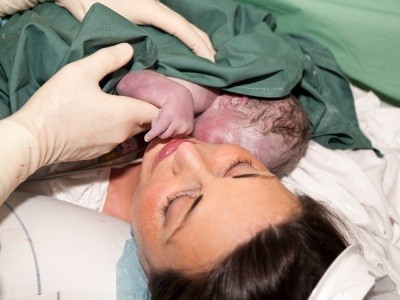
The QUARISMA (Quality of Care, Obstetrics Risk Management, and Mode of Delivery) study investigated the value of a clinician-training program to tackle a problem of worldwide concern: the increasing trend in caesarean deliveries. The training program was jointly developed with the Society of Obstetricians and Gynecologists of Canada (SOGC) to optimize the quality of care by reinforcing skills, fostering teamwork, and promoting self-assessment in relation to clinical best practice through local audit and feedback.
If the training program were offered at all hospitals in Quebec province, this would translate to a cost savings of $15.8 million annually.
Researchers conducted a cluster-randomized controlled trial in 32 hospitals in Quebec, Canada to assess the impact of the training program on the rate of caesarean sections. They found that the 16 hospitals that received the training program safely decreased caesarean sections, but the reduction was small.
Should this training program be scaled up?
To answer this question, we analyzed data from the 105,351 women participating in the QUARISMA trial evaluation and compared costs and benefits for intervention group patients versus controls. We discovered that, in addition to a small decrease in caesarean sections, the training program resulted in an important reduction in costs of about $180 per patient. If the training program were offered at all hospitals in Quebec province, this would translate to a cost savings of $15.8 million annually.
But where do the savings come from? Changes in patterns of caesarean deliveries played only a small role. The answer lies in the impact of the training program on quality across the continuum of labor and delivery care. We found that cost reductions were driven mainly by lower rates of neonatal complications—and thus lower use of resources—within the intervention group.
We often look to new technologies for health care solutions. By contrast, this study shows that an innovative knowledge-translation approach focused on clinicians can transform quality of care for patients and improve health system efficiency.
Comments